Most people don’t realize that modern logistics is no longer just physical—it’s increasingly digital. A digital twin...
-
MenuBack
-
Land transportation
-
-
-
Pickup

-
-
-
Minivan

-
-
-
2.5 T Closed cab truck

-
-
-
2,5T Flatbed truck

-
-
-
-
-
3T Flatbed Truck

-
3T closed Cab Truck

-
séparateur
-
-
-
5T Flatbed Truck

-
5T closed Cab Truck

-
-
-
10T Flatbed Truck

-
10T closed Cab Truck

-
-
-
-
-
Semi trailer truck

-
-
-
Semi remorque

-
-
-
Semi-tank truck

-
-
-
Semi Tipper Truck

-
-
-
- Our startup
-
Solutions
HOT
-
-
Image & HTML

-
Refrigerated transportRefrigerated transport of food or pharmaceutical products such as vaccines from -20 ° C
-
Pallet transportPallet transport on demand or by grouping at an affordable price..
-
-
-
Image & HTML

-
Fleet management system TMSDigital fleet management solution, internal management of vehicles, drivers, expenses and income in Cloud mode with all web and mobile functionalities.
-
-
-
-
Ressources
NEW
-
-
Mentions et conditions
-
-
-
Inscription pour le TMS
-
-
-
Useful links
-
-
Latest posts
-
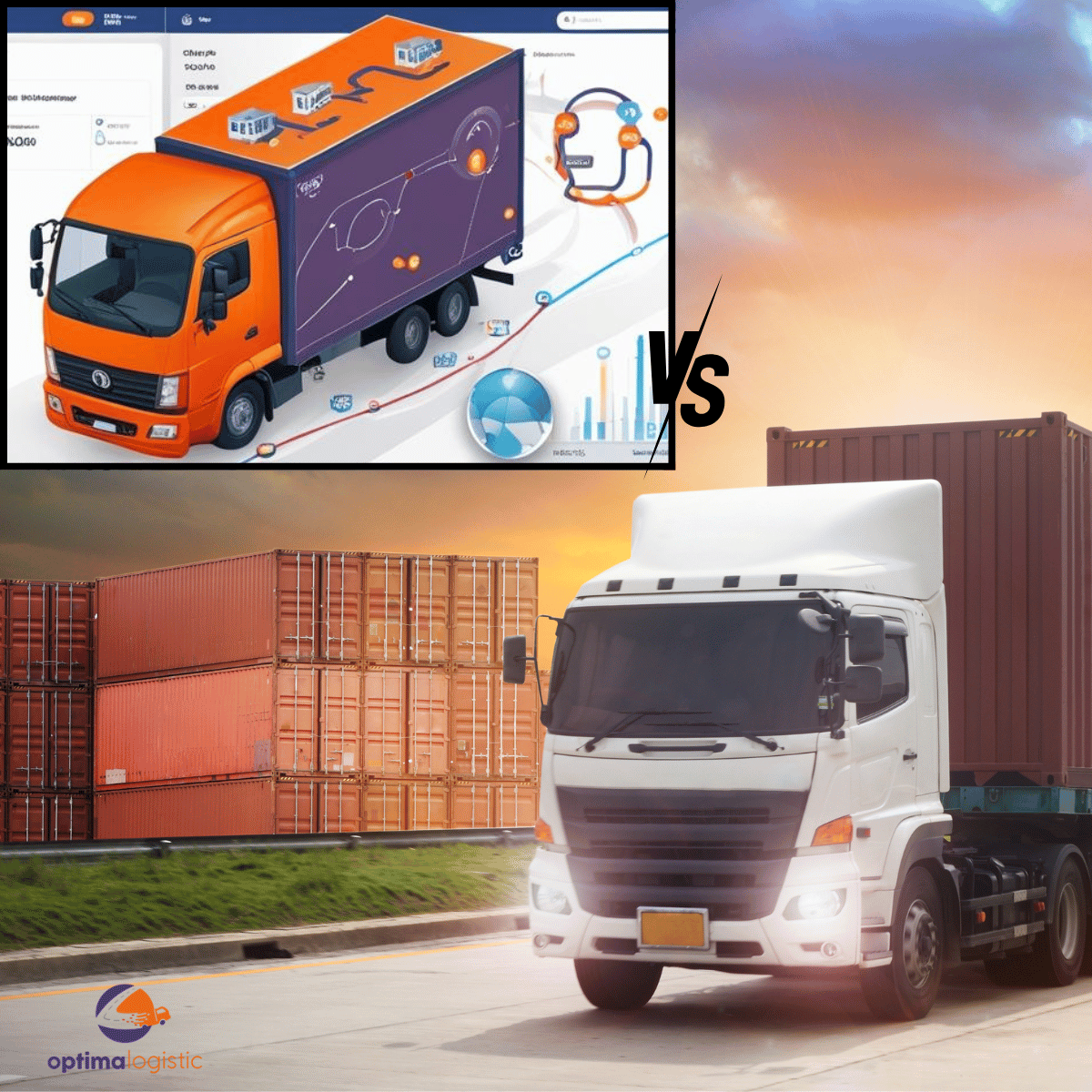 Digital Twins are Transforming Supply ChainsRead more
Digital Twins are Transforming Supply ChainsRead more -
 Optimalogistic annonce un partenariat stratégique avec CSPD Sfax2025-03-12Read more
Optimalogistic annonce un partenariat stratégique avec CSPD Sfax2025-03-12Read moreOptimalogistic est fier d’annoncer un nouveau partenariat stratégique avec CSPD Comptoir Sfaxien des Pneus Dammak,...
-
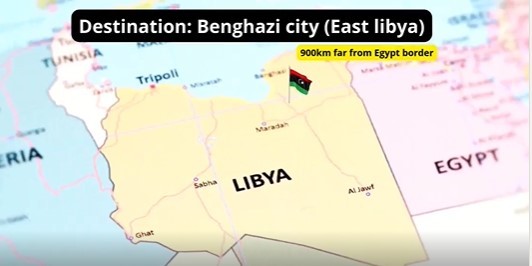 Optimalogistic at the Heart of Innovation & Safety2025-03-12Read more
Optimalogistic at the Heart of Innovation & Safety2025-03-12Read moreWe were honored to participate as an exhibitor and official transport provider for the Tunisian delegation at the...
-
 Mission Affaire Dakar Sénégal2025-03-11Read more
Mission Affaire Dakar Sénégal2025-03-11Read moreOptimalogistic a participé en mois de Février dans une mission d'affaire au Sénégal
-
 New law on bank check in Tunisia2025-01-27Read more
New law on bank check in Tunisia2025-01-27Read moreThis is an innovative law that aims to streamline the use of cheques, a payment instrument that is falling into...
-
 Our COO selected within the TOP 100 Women entrepreneurs2024-09-02Read more
Our COO selected within the TOP 100 Women entrepreneurs2024-09-02Read moreWe are incredibly proud to announce that our COO and cofounder, Souhir Boujelbene, has been recognized as one of the...
-
 Djerba Slush D2024-08-12Read more
Djerba Slush D2024-08-12Read moreSlush’D operates as an international entrepreneurship platform, linking startups, investors, corporate leaders, and...
-
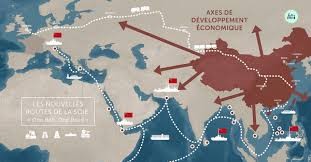 Optimalogistic's Vision: Expanding the New Silk Road into Africa2024-08-05Read more
Optimalogistic's Vision: Expanding the New Silk Road into Africa2024-08-05Read moreThe Belt and Road Initiative, launched by China, aims to revitalize global trade and investment by connecting Asia to...
-
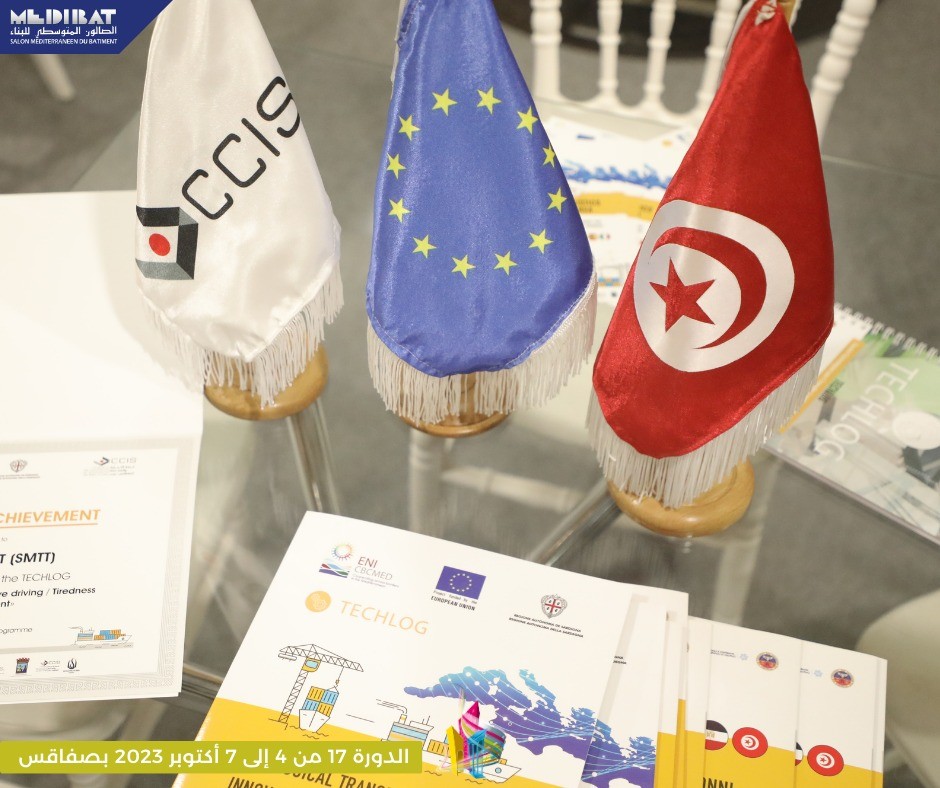 Optimalogistic selected as CCIS facilitator for the Techlog project2023-11-07Read more
Optimalogistic selected as CCIS facilitator for the Techlog project2023-11-07Read moreOptimalogistic was selected as an Innovation Facilitator for the CCIS as part of the TECHLOG project in order to...
-
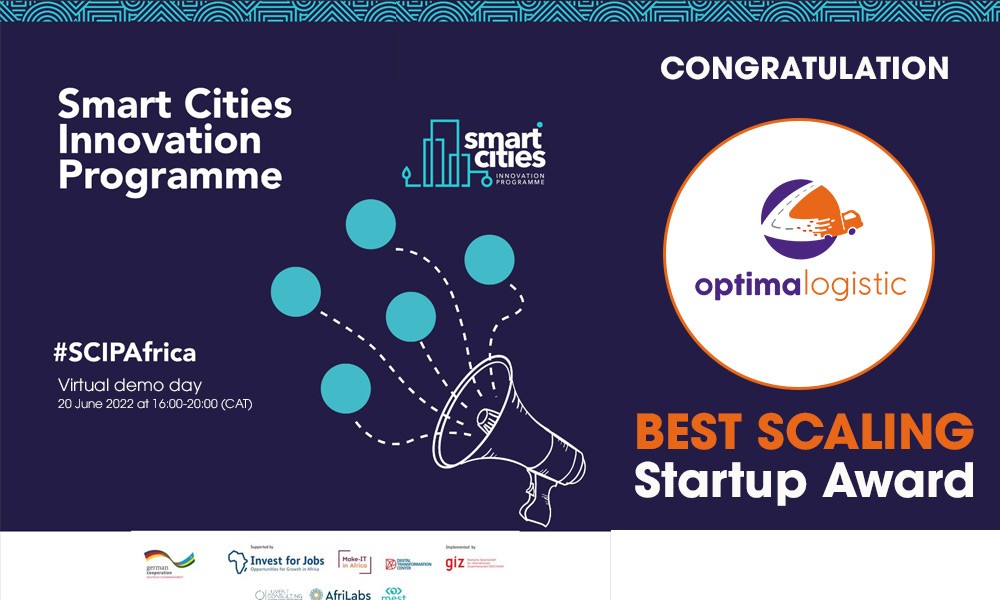 Optimalogistic seleted as the Best scaling African Startup by SCIP2023-07-07Read more
Optimalogistic seleted as the Best scaling African Startup by SCIP2023-07-07Read moreOptimalogistic seleted as the Best scaling African Startup in 2022 by SCIP.
Search in blog

Optimalogistic's Vision: Expanding the New Silk Road into Africa
Launched by China in 2013, the Belt and Road Initiative aims to revitalize global trade and investment. This massive infrastructure project, connecting Asia to Europe and Africa, offers new prospects for development. Beyond economic opportunities, the Belt and Road Initiative raises fundamental questions about global governance, geopolitics, and North-South relations.
- The birth of the Silk Road :
Historically, in the second half of the 19th century, the Silk Roads were a network of trade routes connecting the Chinese world to the Mediterranean basin, dating back to antiquity. The Silk Road was much more than just a trade route. It was a symbol of the interconnectedness of peoples and cultures, a testament to humanity's ability to cross borders and build bridges between different worlds.
.jpg)
Traders travelling on camel through the silk road (Photo source: syoknyatravel )
- Economic Belt of the Silk Road :
Although the name 'Silk Road' refers to the famous Chinese silk prized by Roman and European merchants, many other goods were traded on this route. The Silk Road Economic Belt included exchanges of fruits, vegetables, livestock, cereals, leather, tools, religious objects, works of art, precious stones, metals, and above all, ideas and knowledge such as languages, cultures, religious beliefs, philosophies, and sciences.
Iran on the Silk Road- Painting of a caravan on the Silk Road (Photo Source: Packtoiran )
Chinese inventions, such as paper and gunpowder, had a lasting impact on the West. Paper, invented in China in the 3rd century BC, spread along the Silk Road, reaching Samarkand around 700 BC and then Europe via Islamic ports in Sicily and Spain.
-
- Exploring the East :
The Silk Roads served as transit routes for explorers seeking to discover the culture and geography of the Far East. The Venetian explorer Marco Polo used these routes to travel from Italy to China, which was then under the domination of the Mongol Empire. The Polos arrived there in 1275. Marco Polo spent up to 24 years in Asia, working at the court of Kublai Khan, perhaps as a tax collector. In 1295, Marco Polo returned to Venice via the Silk Roads, at a time when the Mongol Empire was in decline. His travels inspired his book 'The Travels of Marco Polo', which allowed Europeans to better understand the trade and culture of Asia.
.jpg) Map of Marco Polo Travels - (Photo Source: Mavink)
Map of Marco Polo Travels - (Photo Source: Mavink)
- The Trans-Saharan Road: An extension of the New Silk Road :
"The Belt and Road Initiative, while offering significant prospects for economic development in Africa through large-scale infrastructure projects, raises questions about increased dependence on China. This investment dynamic is part of a broader context where the African continent is the scene of numerous initiatives aimed at improving its connectivity, particularly with the Trans-Saharan Road project linking Tunisia, Algeria.
.jpg)
Tunisia highway connecting Tunisia to The trans-saharian road
The Programme for Infrastructure Development in Africa (PIDA), for example, complements the Belt and Road Initiative by proposing a more integrated and regional approach. Iconic projects such as the Lagos-Abidjan highway, the Trans-Saharan Road, and strategic corridors like the North-South, with concrete projects such as the TAZARA railway, illustrate this desire to modernize African transport networks.
- The potential contribution of African companies and startups in infrastructure projects :
African companies, particularly startups, have a crucial role to play in the implementation of technological infrastructure. By developing innovative solutions and participating in the optimization of supply chains, they can seize the opportunities offered by this project while contributing to the continent's economic transformation.
The development of the underlying infrastructure for this initiative also facilitates the marketing of their products and services.
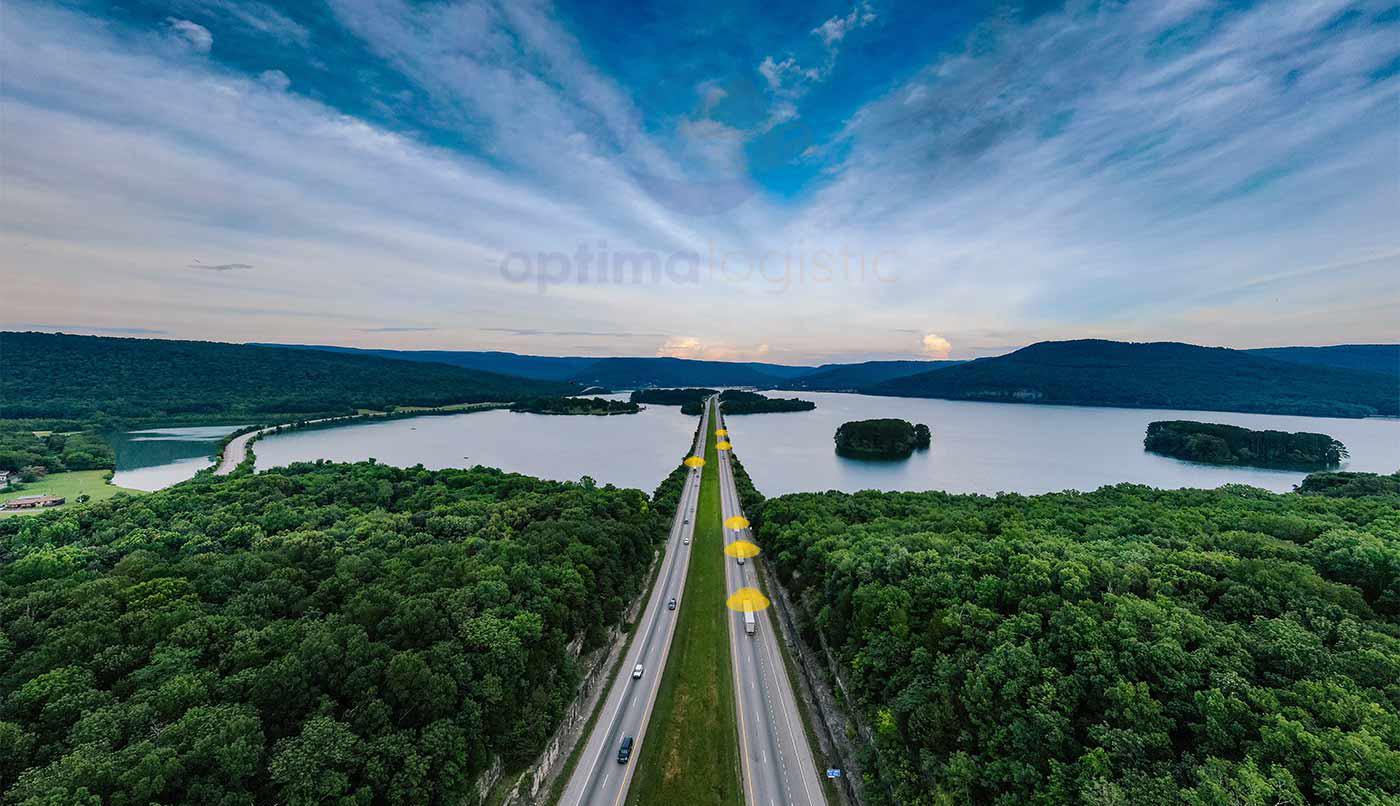
As a key player in logistics and freight transport in North Africa, Optimalogistic is fully involved in the development dynamics of Africa and the Mediterranean region. Thanks to its logistics expertise and in-depth knowledge of the field, the company supports businesses in their expansion projects in Africa and contributes to strengthening the ecological, social, and economic integration of the continent.
- Conclusion
In conclusion, Africa is rapidly emerging as a key player in the global economy, thanks to its strategic location, abundant natural resources, and growing population. Recent shifts in geopolitics, politics, and economics underscore the continent's potential, with North Africa, in particular, positioning itself as a promising hub for innovation and logistics
Related posts
-
 Optimalogistic wins Seedstars Tunisia
Posted in: Transport and logistics2022-10-20Optimalogistic was named the big winner for Seedstars TunisiaRead more
Optimalogistic wins Seedstars Tunisia
Posted in: Transport and logistics2022-10-20Optimalogistic was named the big winner for Seedstars TunisiaRead more -
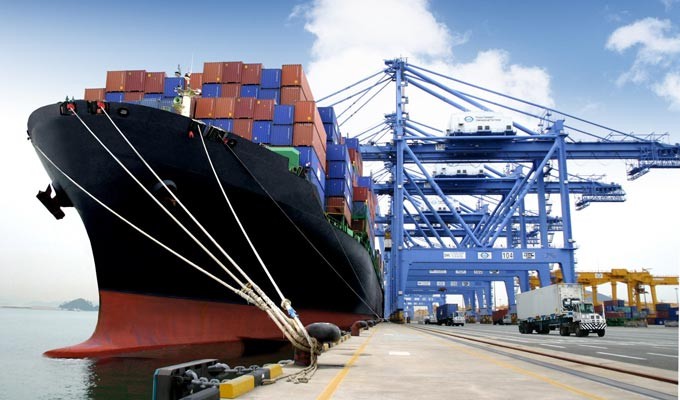 Exports to Sub-Saharan Africa: The State covers 50% of insurance premiums
2022-11-08Exports to Sub-Saharan Africa: The State covers 50% of insurance premiumsRead more
Exports to Sub-Saharan Africa: The State covers 50% of insurance premiums
2022-11-08Exports to Sub-Saharan Africa: The State covers 50% of insurance premiumsRead more -
 Optimalogistic seleted as the Best scaling African Startup by SCIP
2023-07-07Optimalogistic seleted as the Best scaling African Startup in 2022 by SCIP.Read more
Optimalogistic seleted as the Best scaling African Startup by SCIP
2023-07-07Optimalogistic seleted as the Best scaling African Startup in 2022 by SCIP.Read more -
 Optimalogistic selected as CCIS facilitator for the Techlog project
2023-11-07Optimalogistic was selected as an Innovation Facilitator for the CCIS as part of the TECHLOG project in order to...Read more
Optimalogistic selected as CCIS facilitator for the Techlog project
2023-11-07Optimalogistic was selected as an Innovation Facilitator for the CCIS as part of the TECHLOG project in order to...Read more -
 Mission Affaire Dakar Sénégal
2025-03-11Optimalogistic a participé en mois de Février dans une mission d'affaire au SénégalRead more
Mission Affaire Dakar Sénégal
2025-03-11Optimalogistic a participé en mois de Février dans une mission d'affaire au SénégalRead more

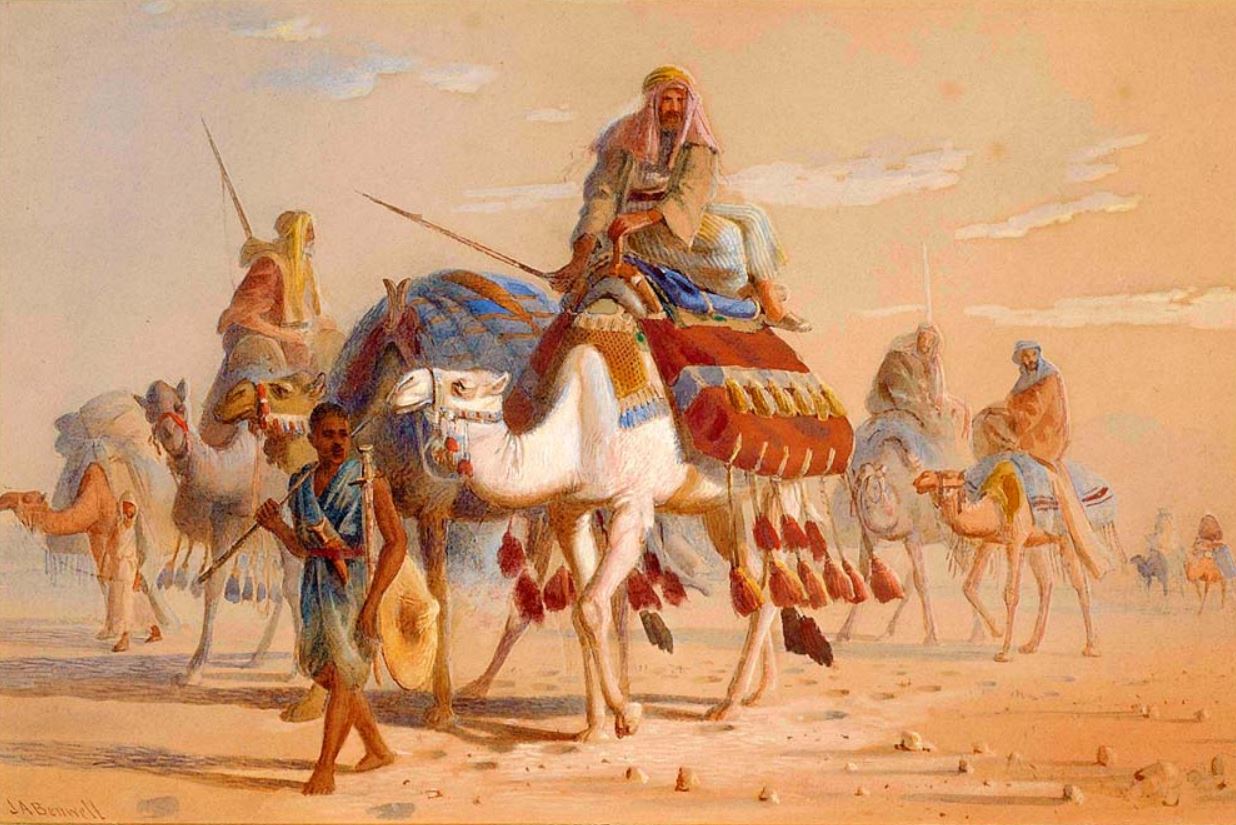
Leave a comment
Comments
Nice post about the silk road
By: Michel On 2024-08-06Excellent post. Thank you Optimalogistic.